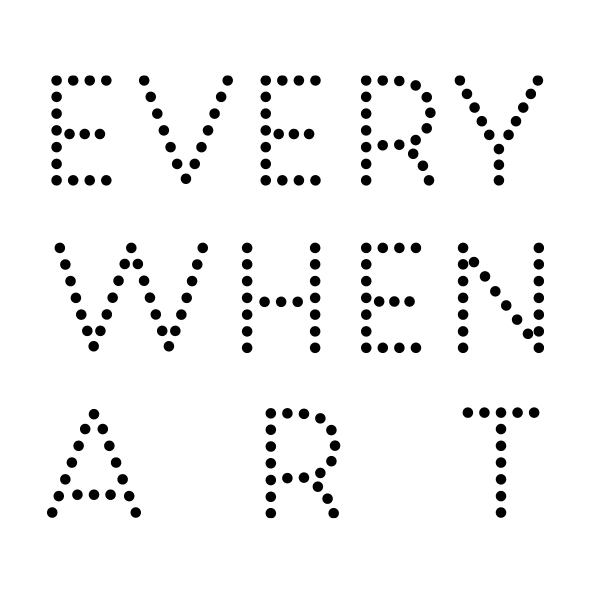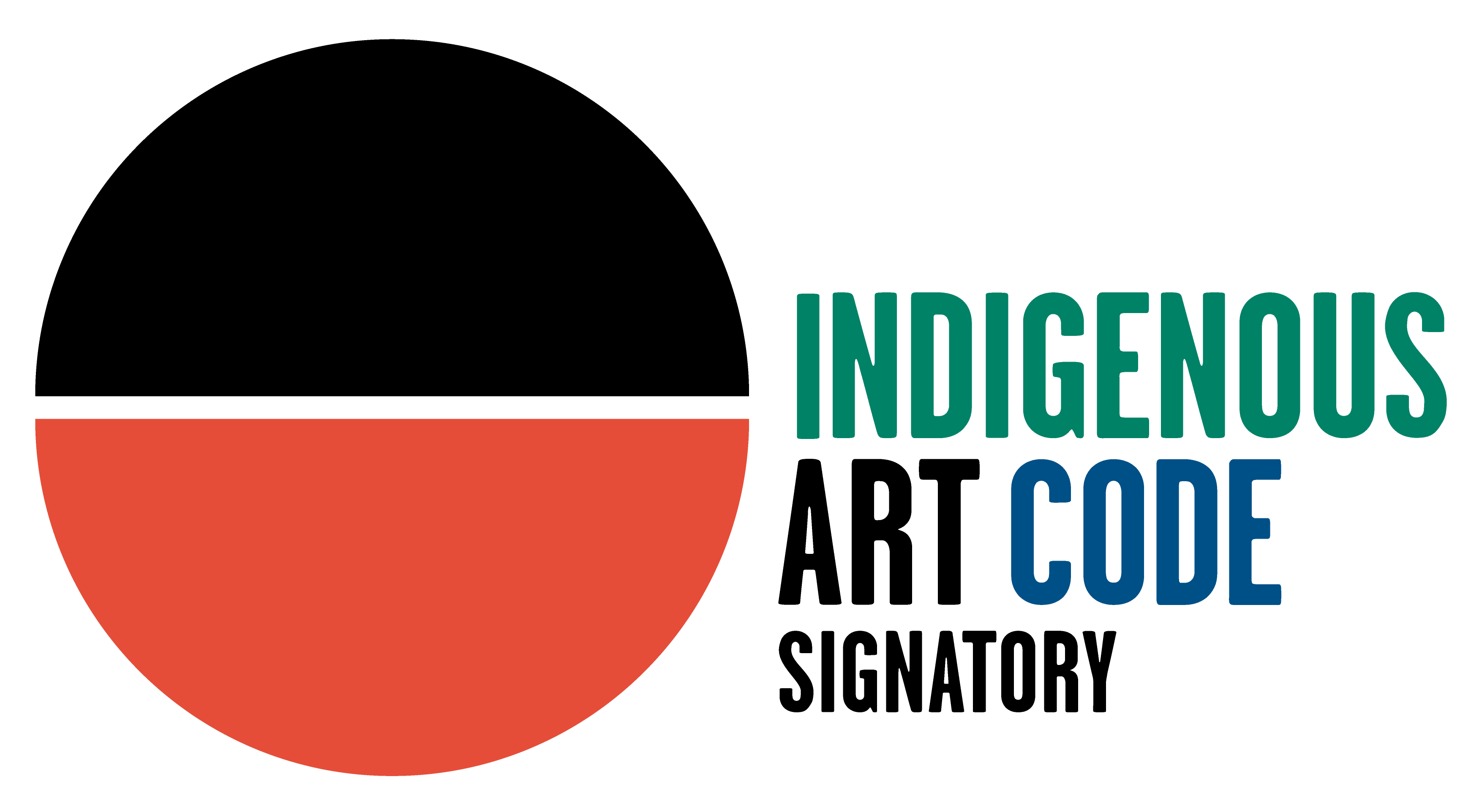The first painters from the remote community of Wirrimanu (Balgo) were all raised in the bush. They were the last generation to undergo full initiation and live the traditional nomadic life. Inspiration and subject matter were drawn from the Dreaming stories that underpin the cultural framework that once allowed desert tribes to exist in this remote and arid country. Balgo itself lies at the meeting of three great deserts (The Great Sandy, The Tanami and The Gibson Deserts) and several different tribal groups. Desert tribes came to the Catholic mission (established in 1942), driven from their traditional lands by European prospectors, and a severe drought that made food and water even more difficult to find. Unlike in some others places of refuge the Palatine priests were sympathetic to Aboriginal culture and encouraged a degree of self reliance in their converts, possibly later influencing the exuberant art style that was to emerge at Balgo.
Lucy Yukenbarri is considered to be one of the most innovative and daring of Balgo painters, laying down fields of intense colour with a thick, painterly texture. Her primary brushstroke has been referred to as ‘the splodge’. They are actually merged dots that she refers to as ‘kinti kinti’ (close, close). They dry quickly in the intense heat, building up with a chromatic density that has no time for gentle gradations or blended hues. The result is a rich immediacy of contrast and resonance, likened by writer James Cowan to the magic of the Persian carpet that also originates from a desert land. Lucy Yukenbarri worked in a state of contemplative reverie, traversing an imaginary landscape, often singing quietly her traditional songs. Alongside the traditional domestic activities of gathering bush food and building camp, her ever-present subject is 'living' or spring water and the landmarks or stories that surround it. These water sources are depicted with dark colours and surrounded by bright areas of vivacious abstract composition, celebrating life’s continuance. Lucy’s distinctive style has left a lasting influence on Balgo painting.
When Papunya painting started receiving public acclaim in the late 1970s, Balgo artists expressed concern about revealing sacred cultural designs or secret (initiate only) knowledge. Conflict between the two closely tied communities arose and the need/demand for some form of iconic veiling, abstraction or disguise was soon established throughout all Western Desert art projects. This had varying effects in different communities but when acrylic colours and canvas were introduced into Balgo’s adult education classes in the early 1980s, the explosion of raw spirit and joyful colour took everyone by surprise. By the end of that decade, creativity was at a peak and a distinct Balgo style had emerged: bright, bold and innovative. Women as well as men were active in these foundational years, including Lucy, sometimes working in conjunction with her artist husband Helicopter Tjungurrayi. “There is nothing in the world of contemporary art that can match the work of these artists”, wrote art critic John McDonald in 1995 (Sydney Morning Herald). Balgo was at the forefront of a major art movement.
With her prodigious output and enthusiasm for art making, Lucy remained a quiet but leading figure at Warlayirti Artists. She was a senior law woman with an irreplaceable knowledge of the ancient places, ceremonies and narratives. In 2000, the documentary film 'Painting Country' followed the now elderly artists, including Lucy and Helicopter, on a long road trip back to their homelands near Lake Mackay and Jupiter Wells deep in the Gibson Desert. Their internalised knowledge and spiritual connection to this land of spinifex, sandhills and rocky outcrops was as strong as ever and plain to see. It is this that sustained them through many long years of loss and displacement and provided the wellspring of a formidable creative force, still vibrant and strong today.
Profile author: Sophie Pierce


